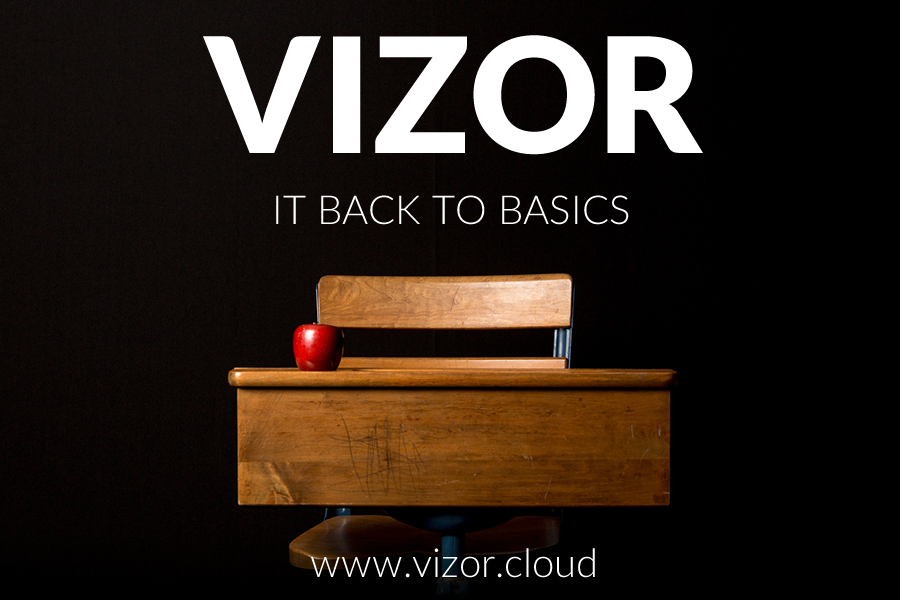Software Asset Optimization: Fast Track to Benefits
Today’s slim-line IT management teams need to be aware of the benefits that will accrue from adopting a strategy of pro-active software asset optimization. Further, the concepts outlined here are as valid for cloud services and mobile apps, as for conventional on-premise packages.
Step 1: Asset Inventory
Executing a full hardware and software inventory collection delivers immediate benefits, such as:
- Knowledge of the true population of PCs and software.
- The basis of information for planning software deployments and system upgrades.
- Access to rich and accurate data for support and helpdesk staff.
Step 2: Software License Totals
Without needing to go into detailed data entry of individual historic license purchases, the figure of total licenses owned can be used. Comparison with inventory immediately delivers summary compliance information – a very important short term objective for many organizations faced with imminent software licence audits.
Step 3: Understand Software Requirements
Re-assess license requirements by involving business line managers in confirming real, current software requirements. Record these requirements as an ‘application policy’ in whatever format will facilitate efficient, regular re-assessments. Prioritize applications where you suspect there has been over-purchase in the past, simply though a lack of clarity of true requirements. This should reveal:
- Inappropriate installations, representing opportunities for removal and/or redeployment of software.
- Missing installations, potentially representing reduced user productivity.
In addition, you could implement workflows between IT asset managers and business line managers to ensure that all subsequent software purchases are compatible with the definition of requirements you established in the application policies, or are reflected in updates to the policies. Once you have got hold of true software requirements, don’t let go.
Step 4: Analyze Usage Information
Often the last piece of information to be collected, software usage data provides the ‘sanity check’ on your organization’s purchase and deployment of application software. With IT costs under constant scrutiny, it is hard to claim to be in control of software costs without verification that assets are being used.
For a freeware utility it may not be economically justifiable to be concerned, but for applications costing hundreds of dollars deployed on hundreds or thousands of PCs, the figures should not be ignored. You would want to know if every piece of hardware was being used, but – maybe because it’s not so easily done – software utilization rarely comes under the same level of scrutiny.
Step 5: The Report to the Board.
It’s very simple. The goal is to be able to report that the organization has licenses for the software tools it needs to meet business objectives, that only necessary software is deployed, and only to those that need it, and to nobody else. Software Asset Optimization achieved. Job done.
Do you need a tool to manage Software Licenses?





